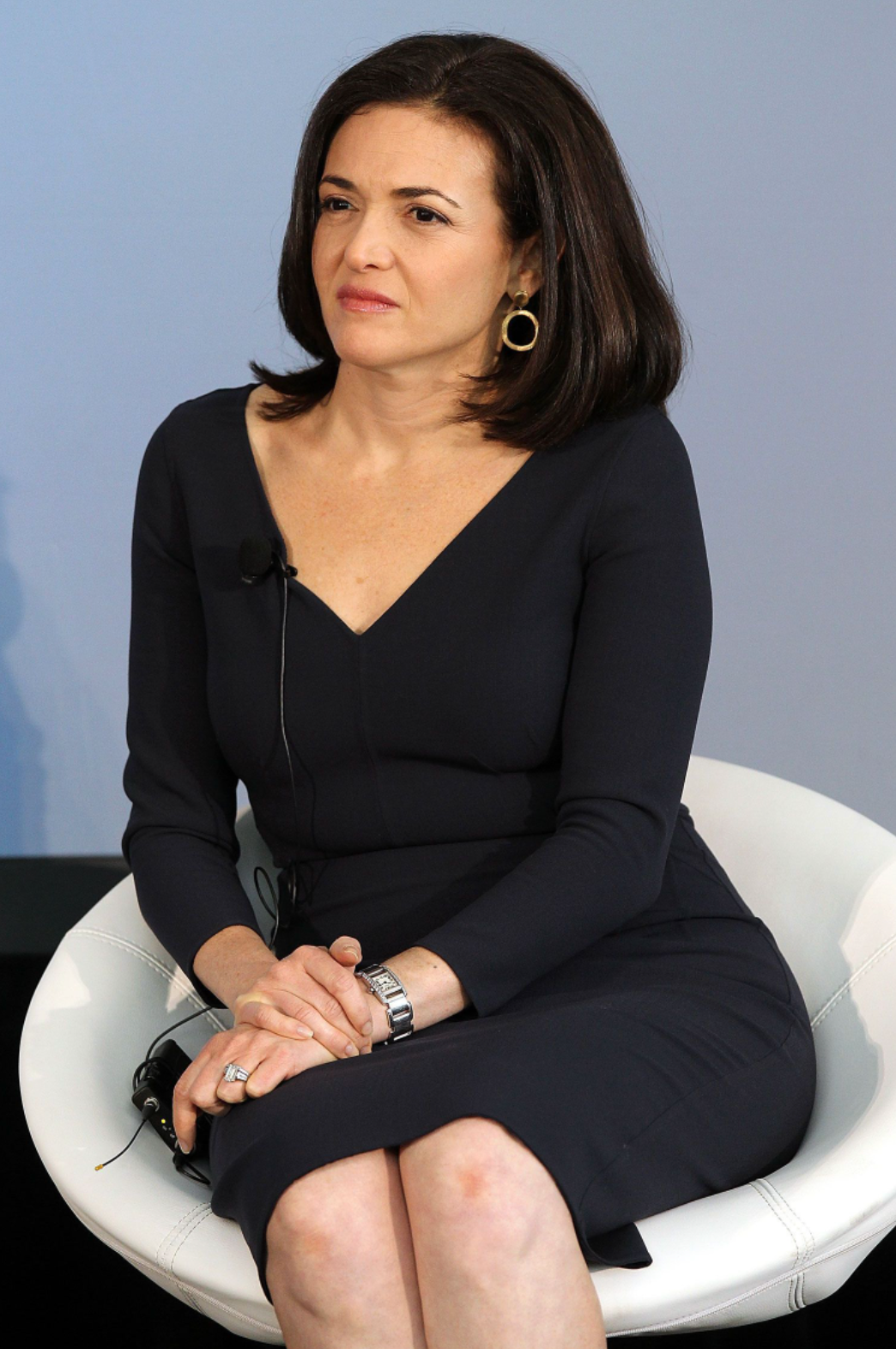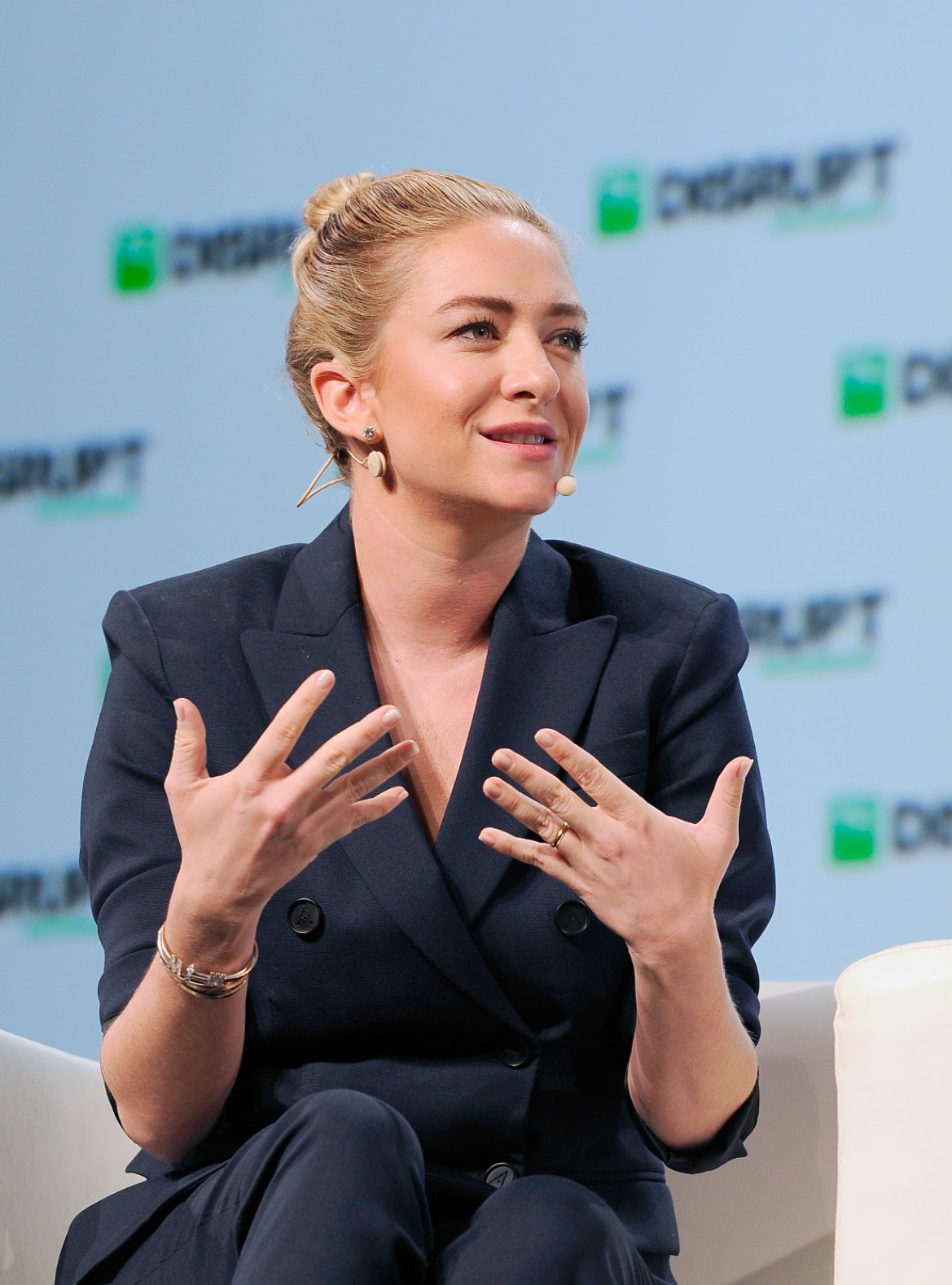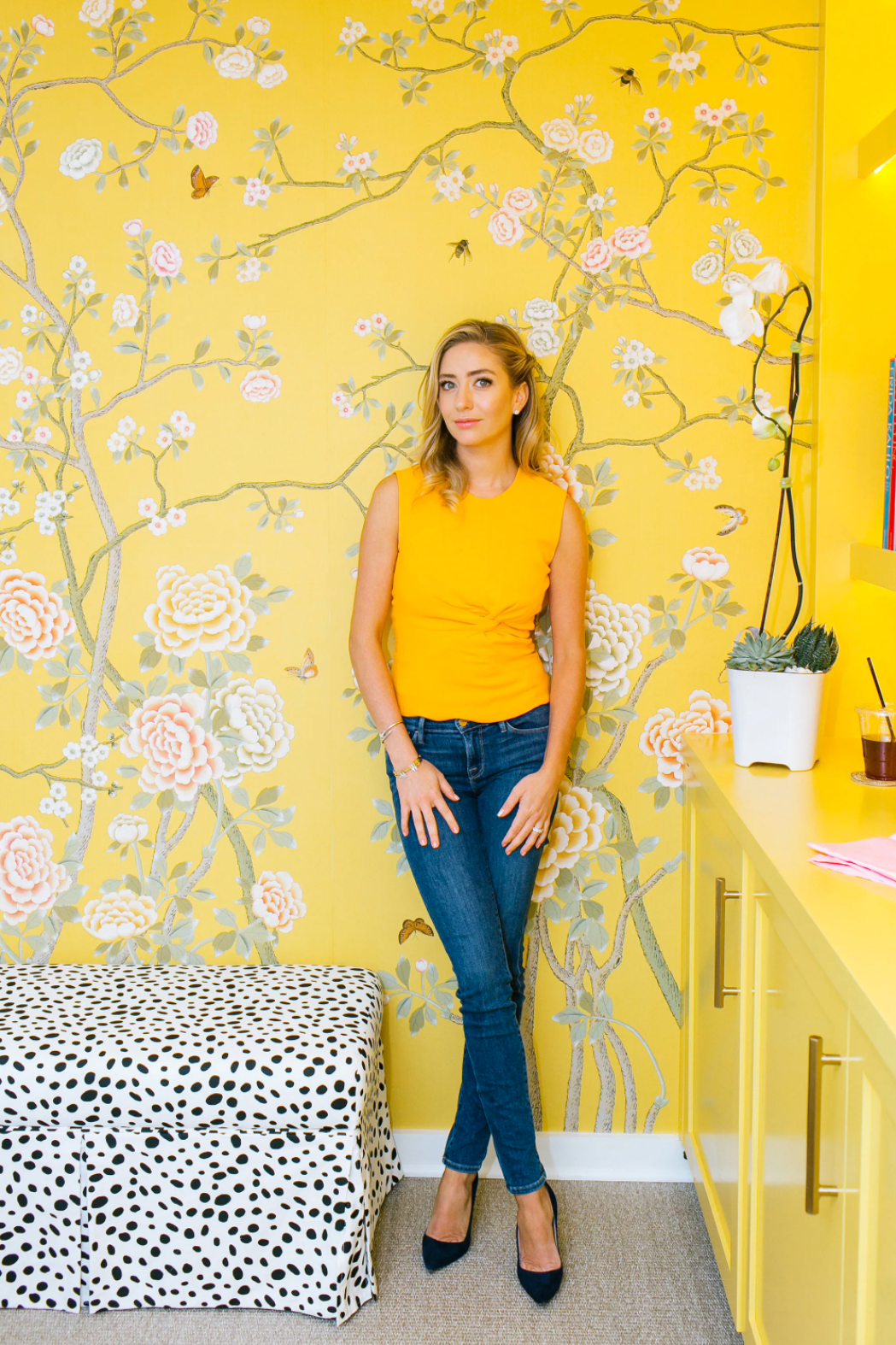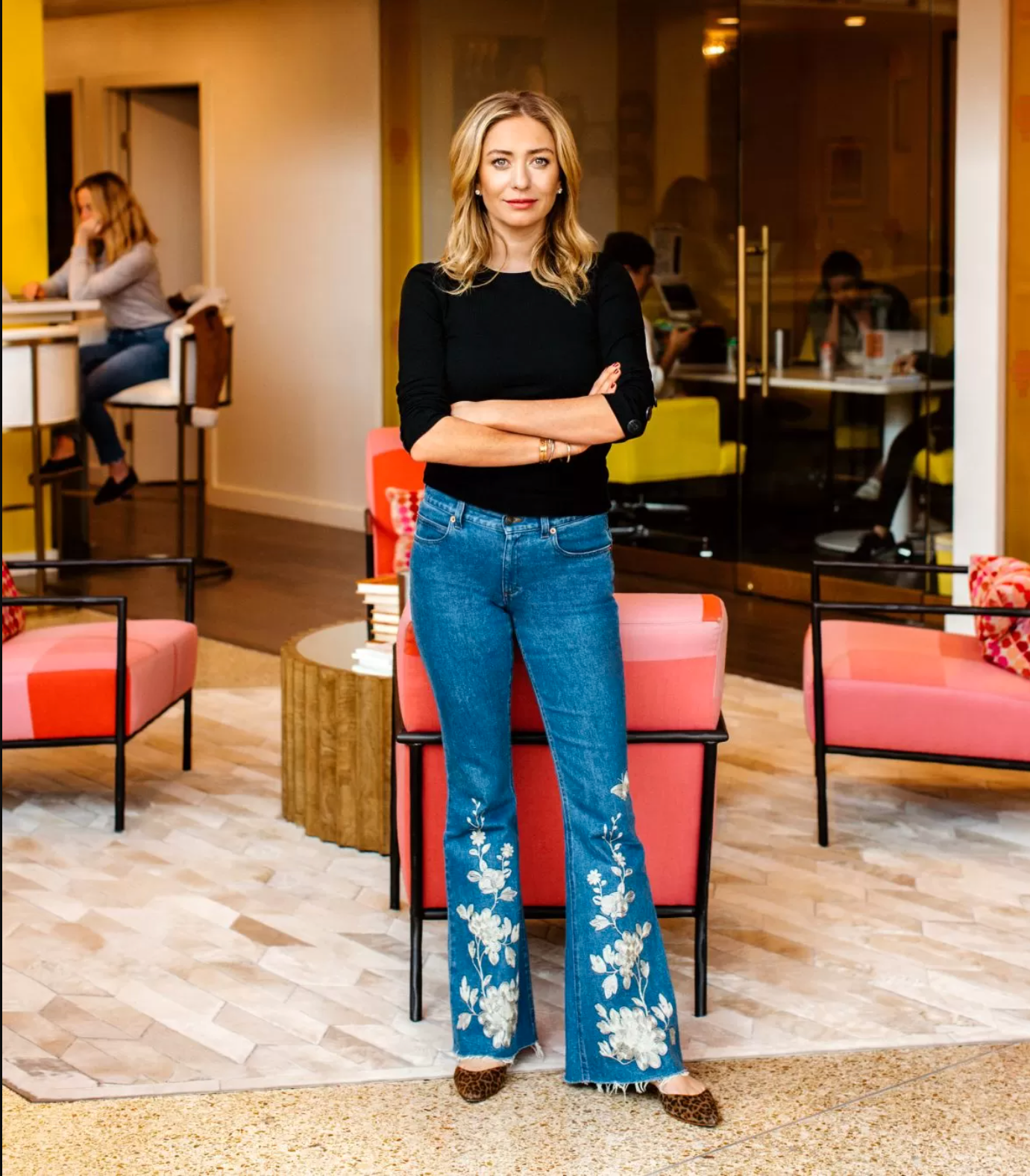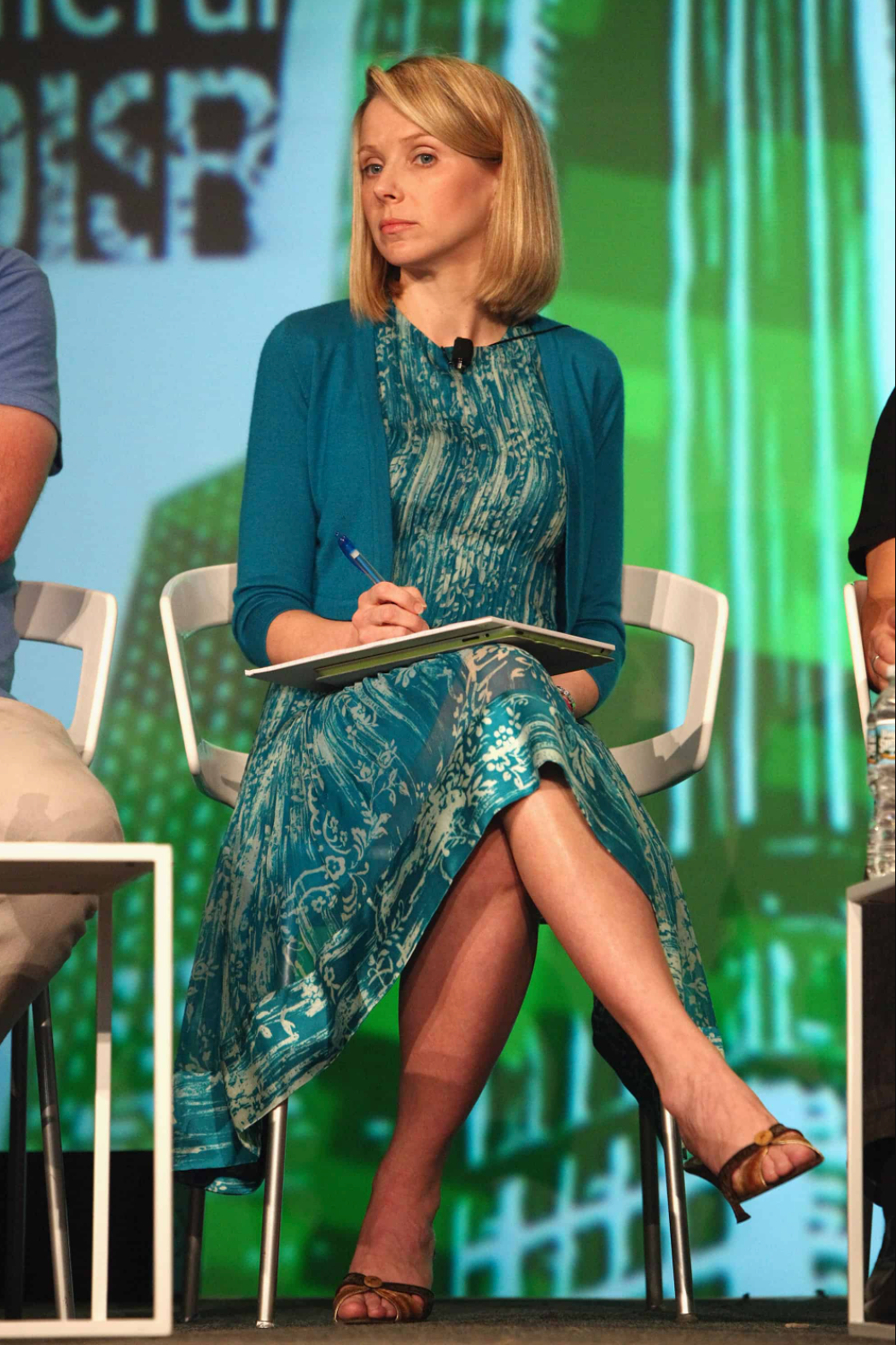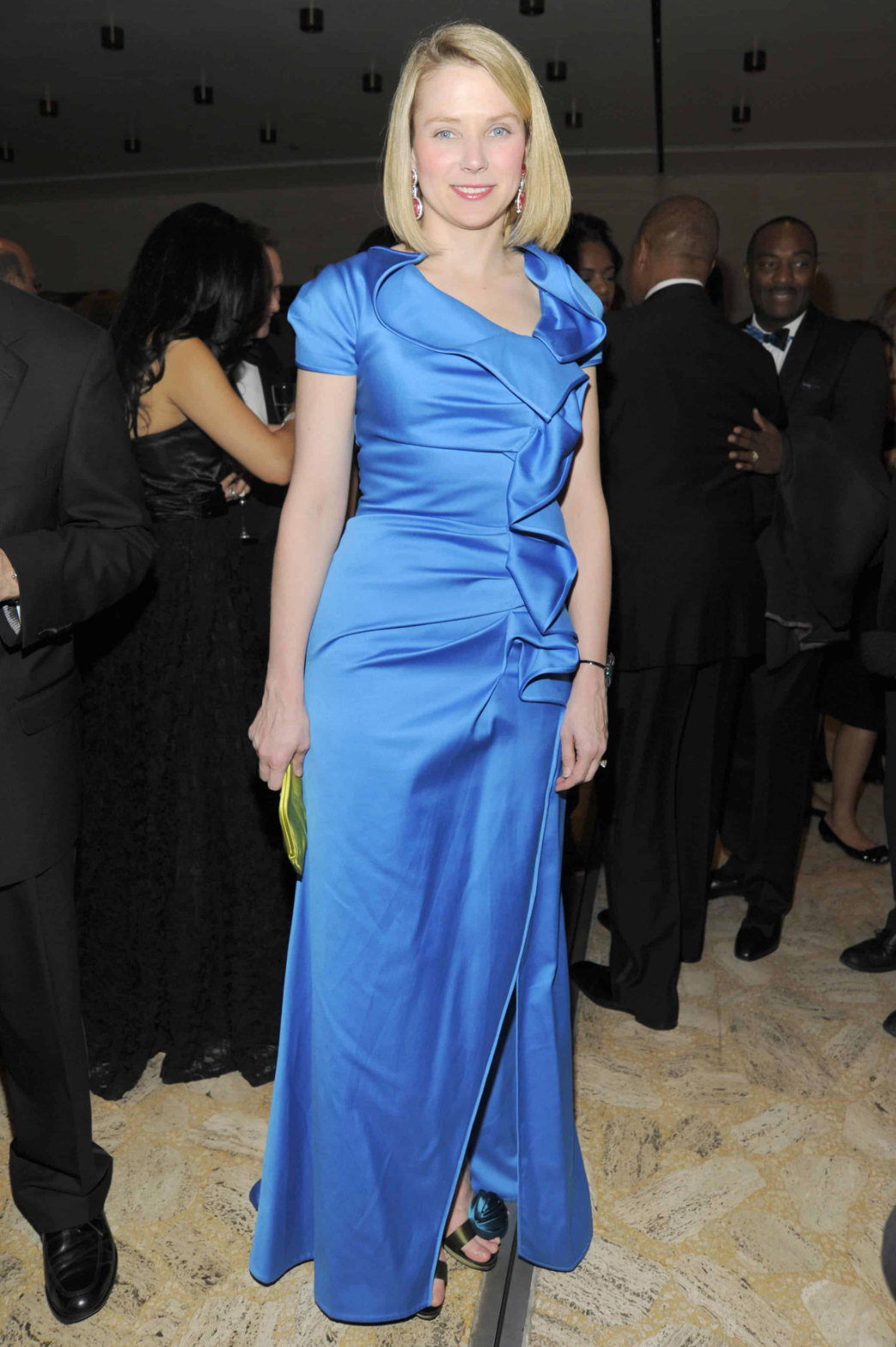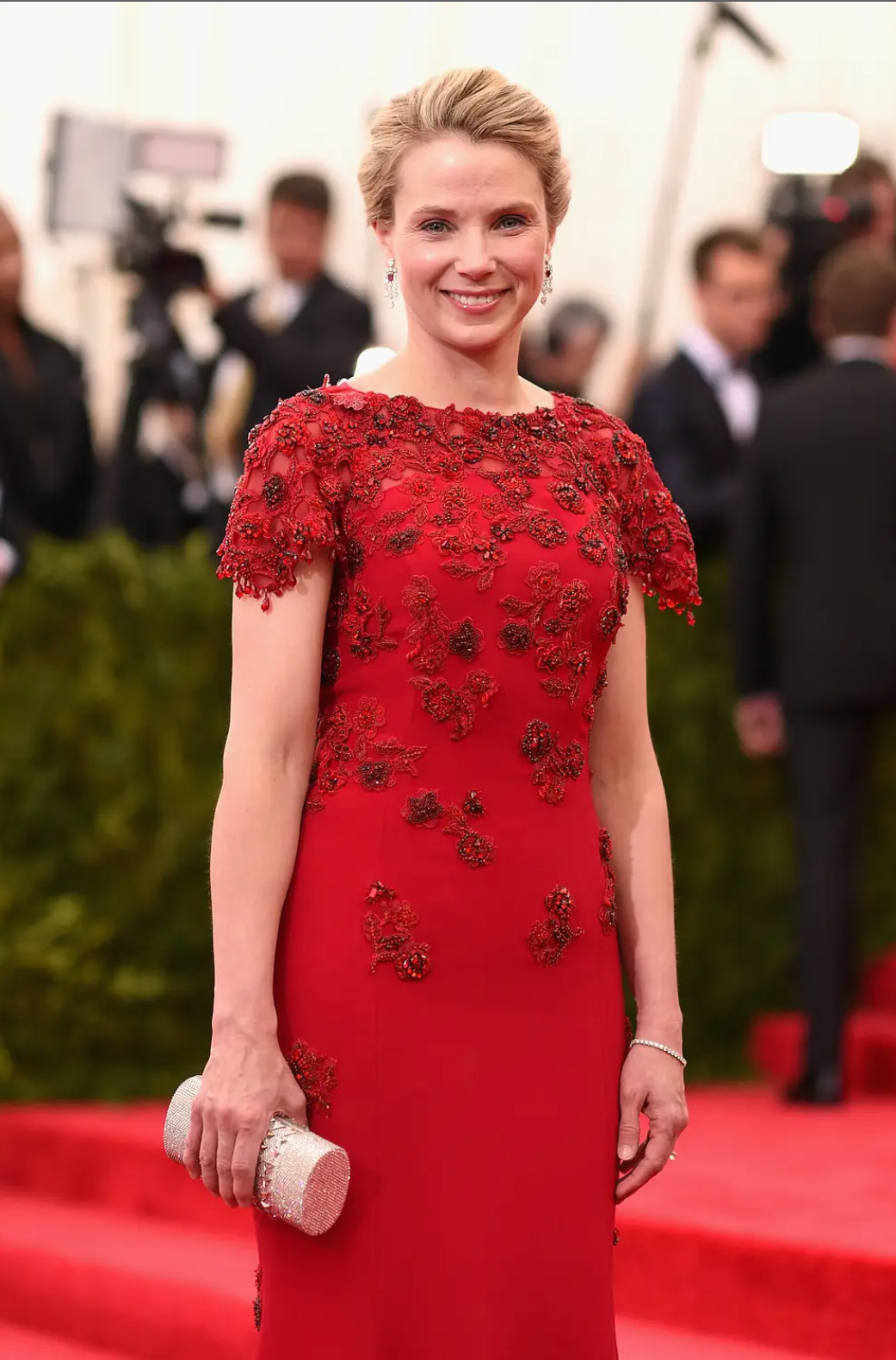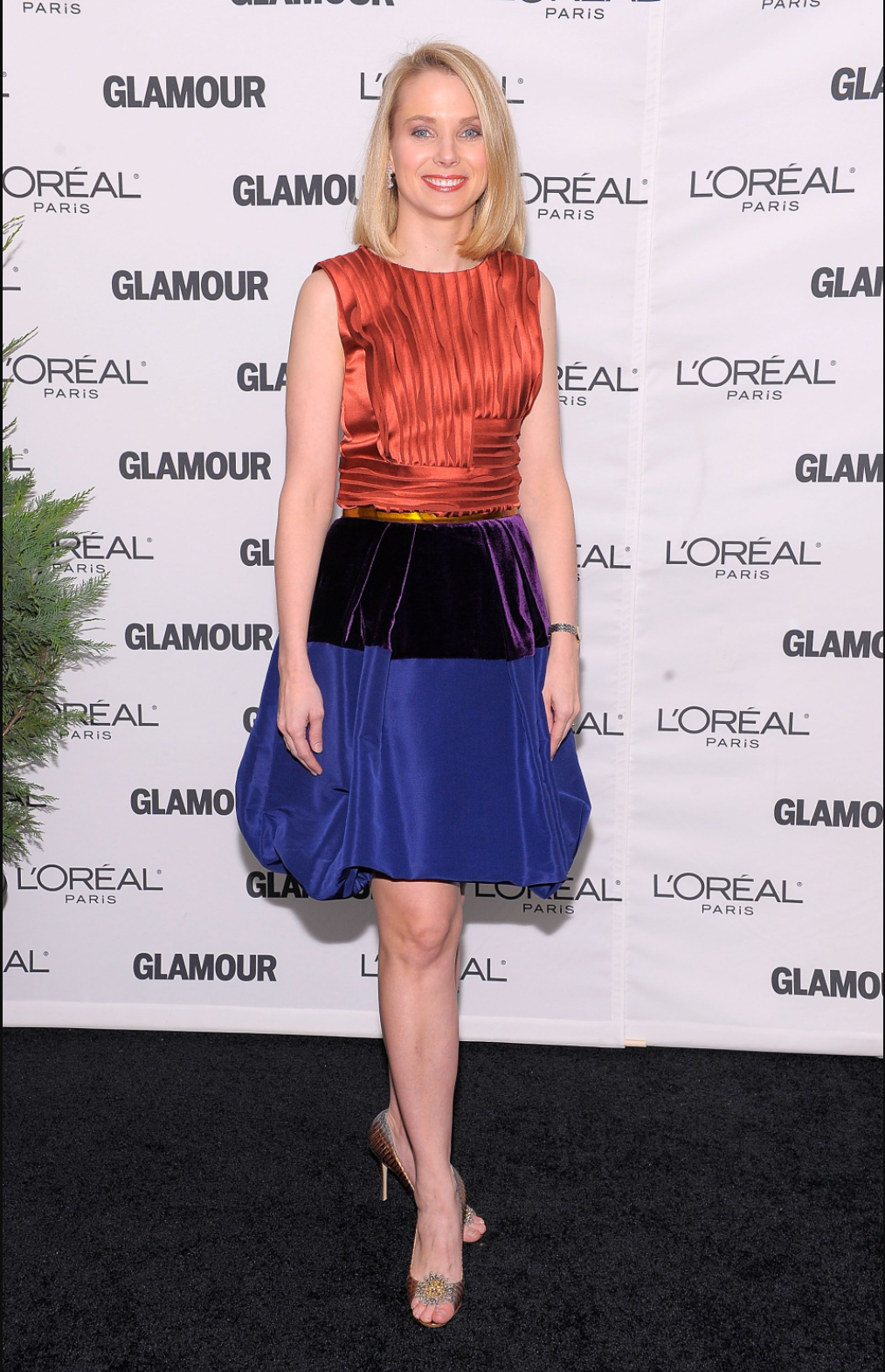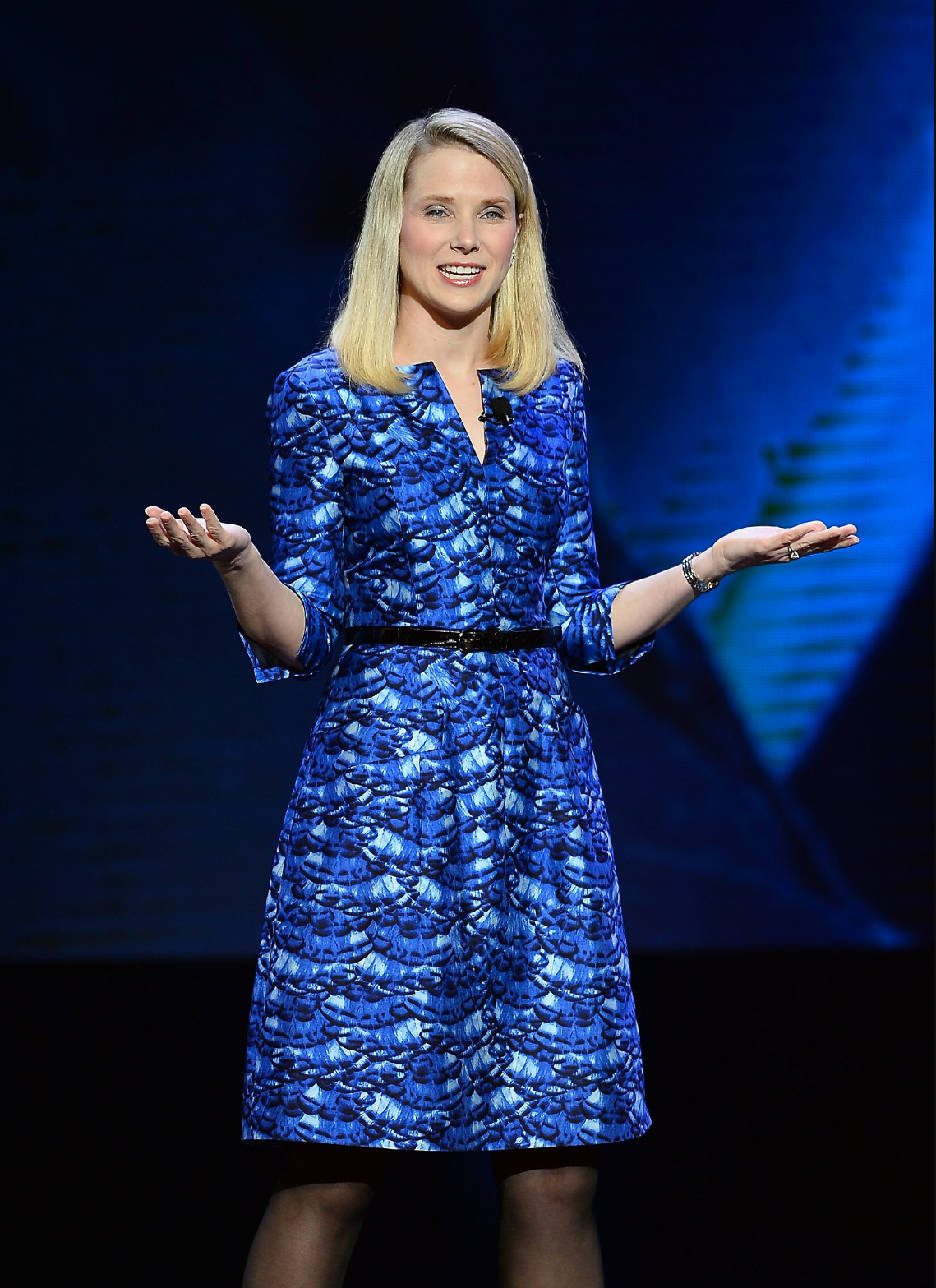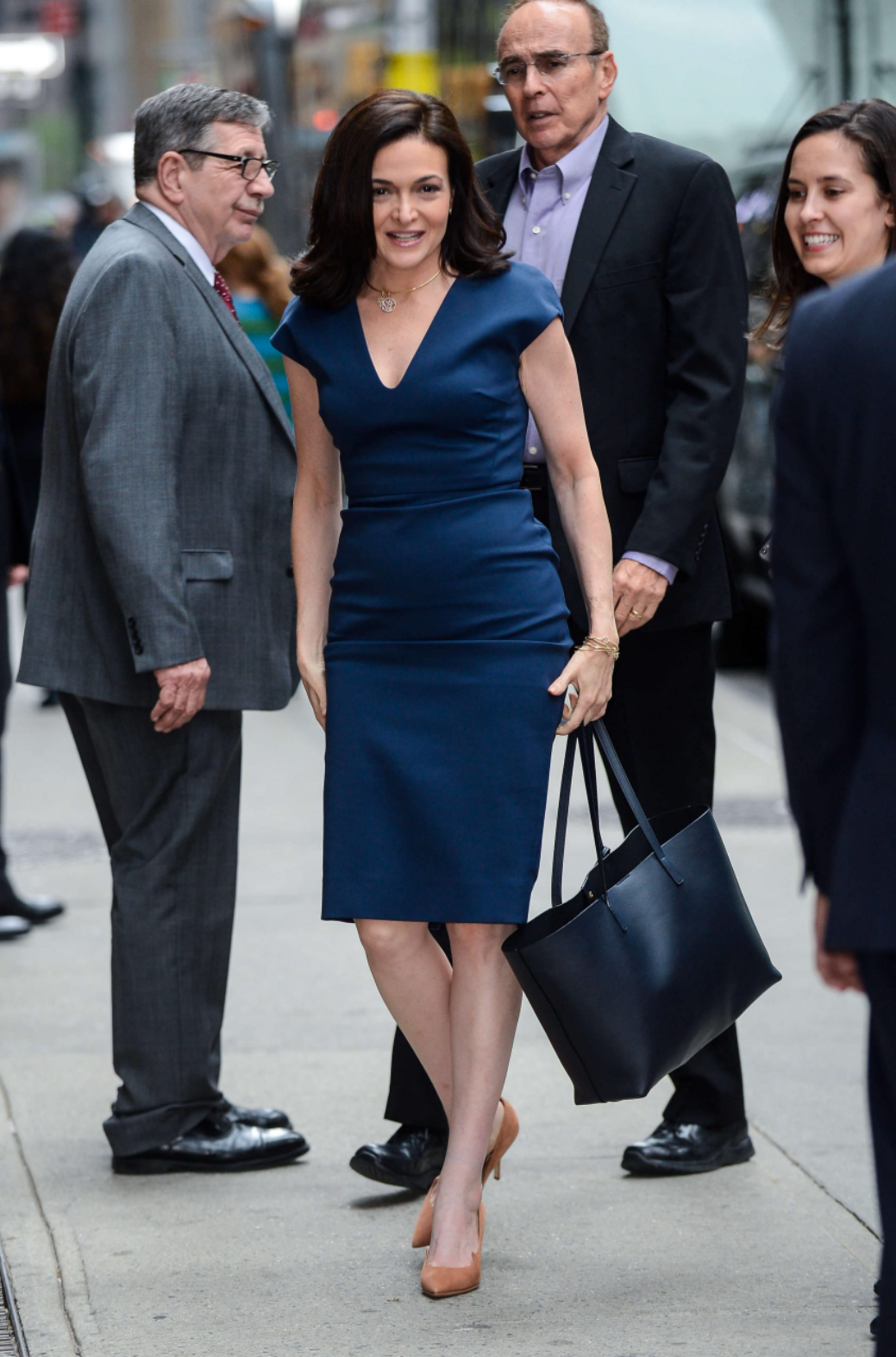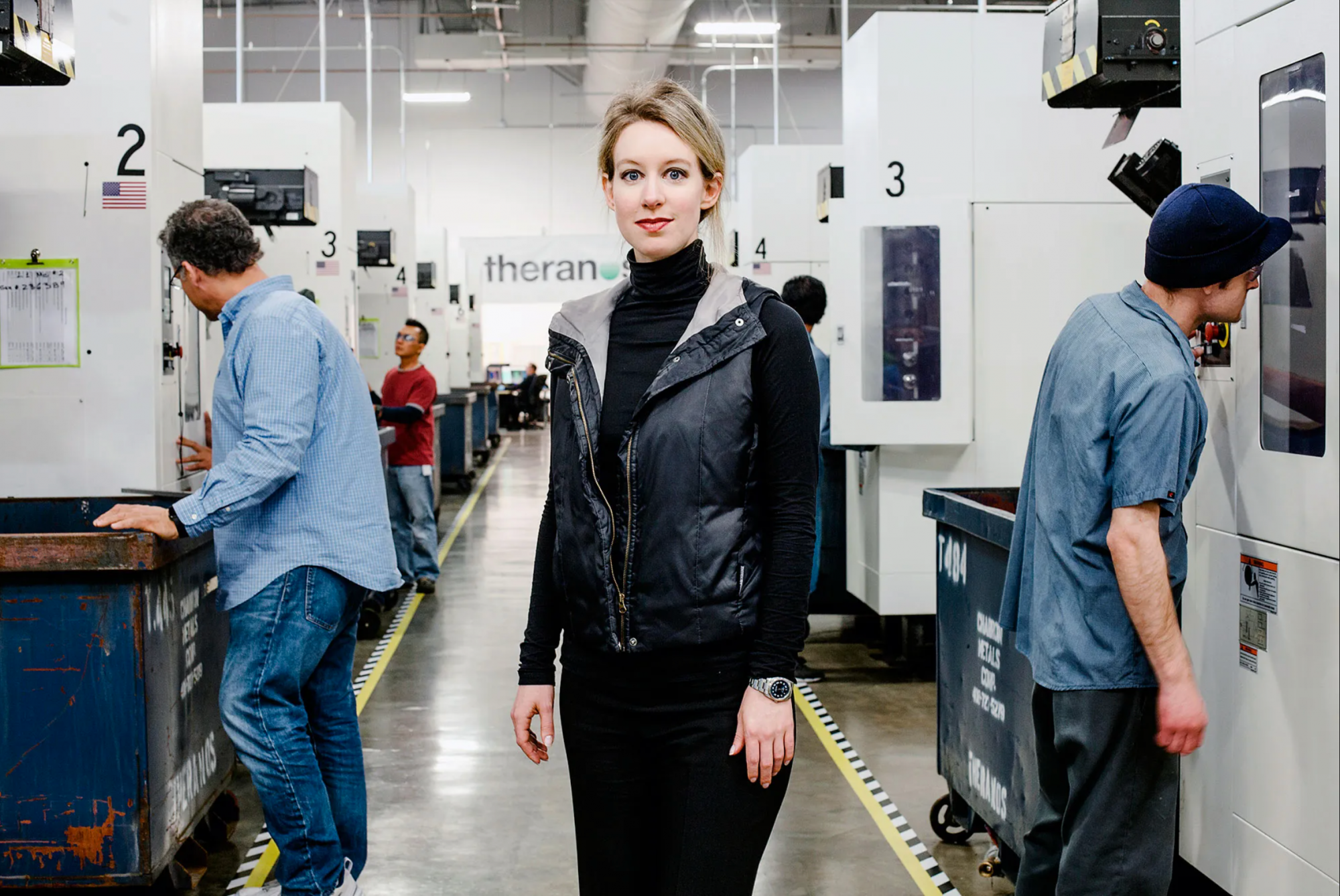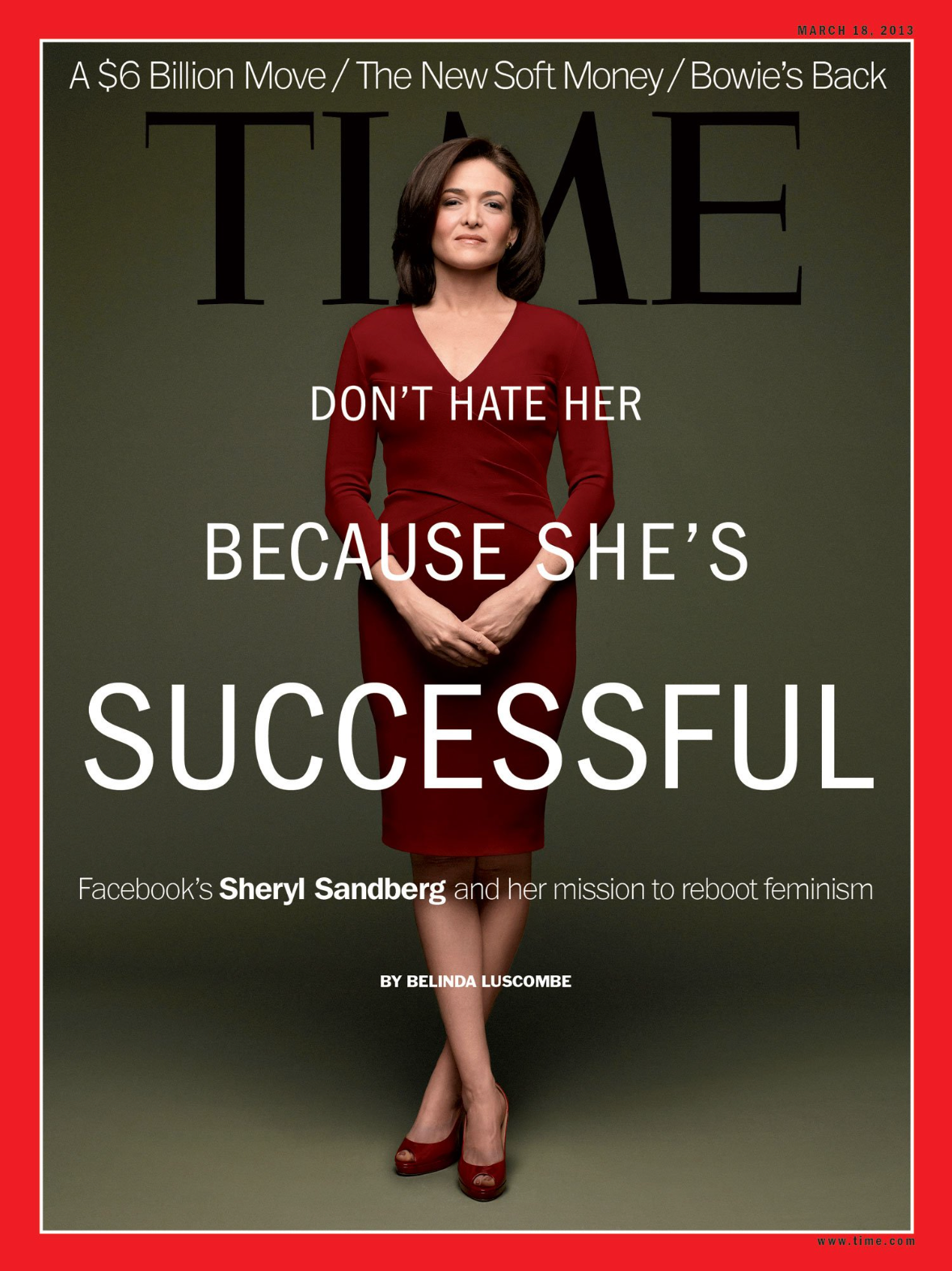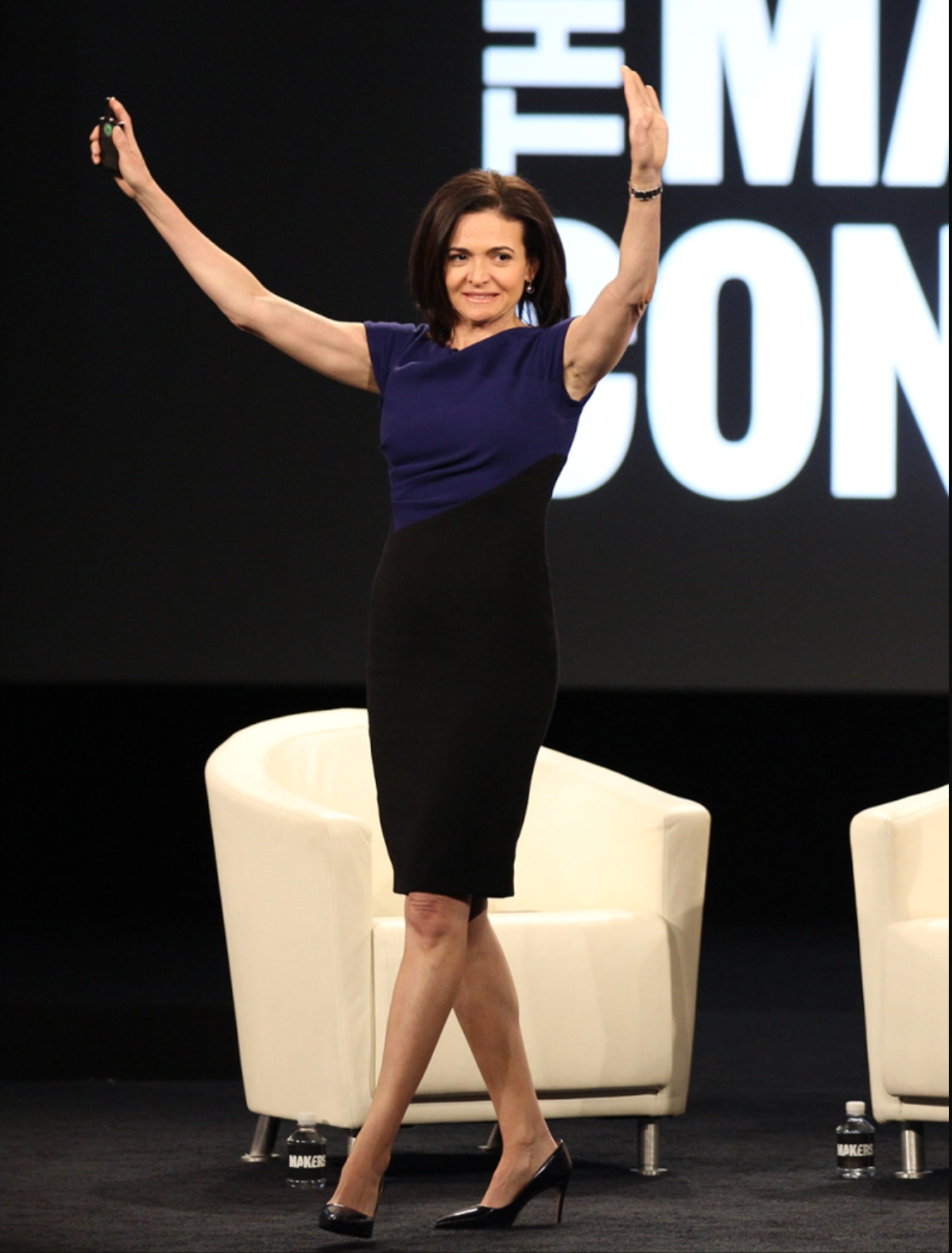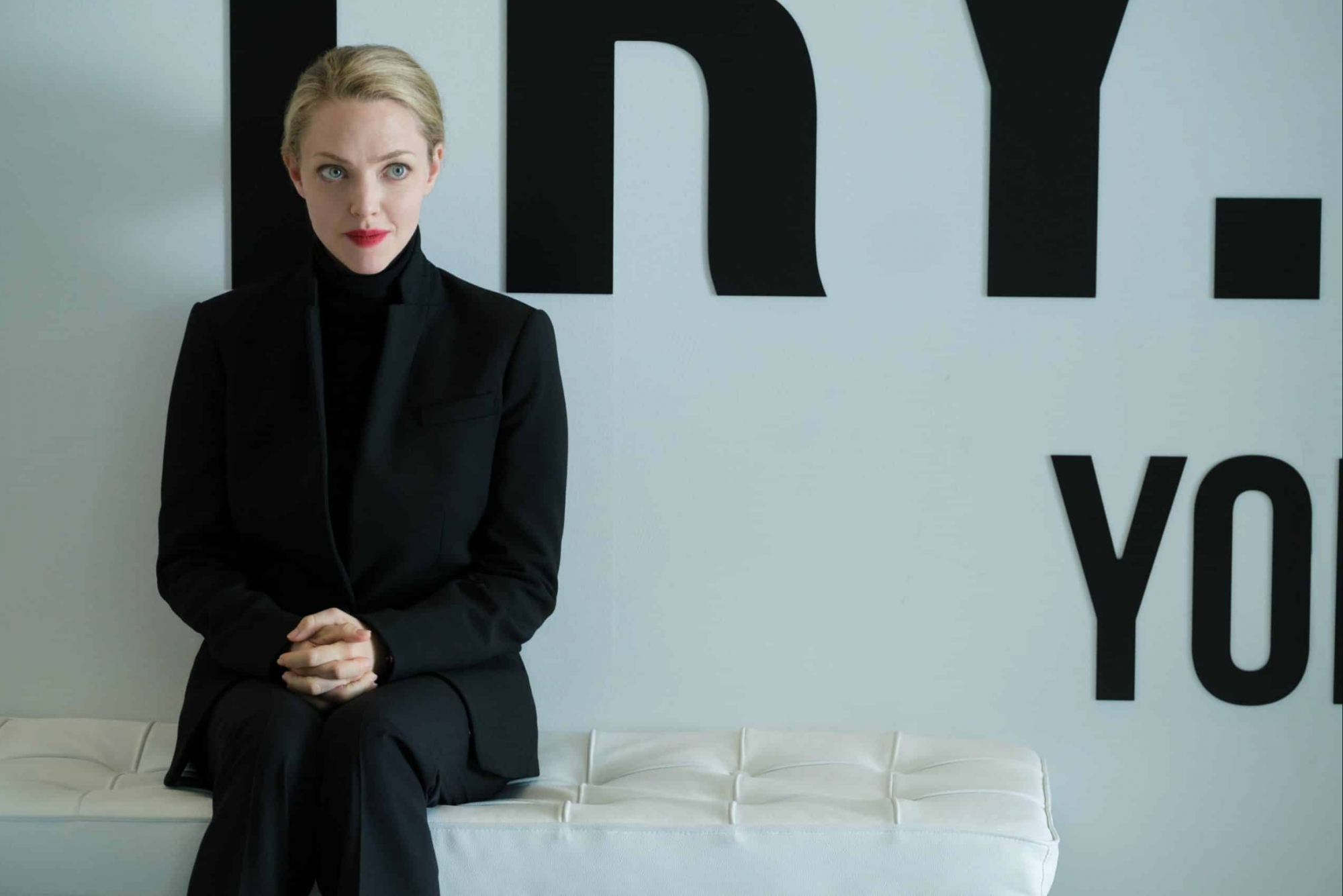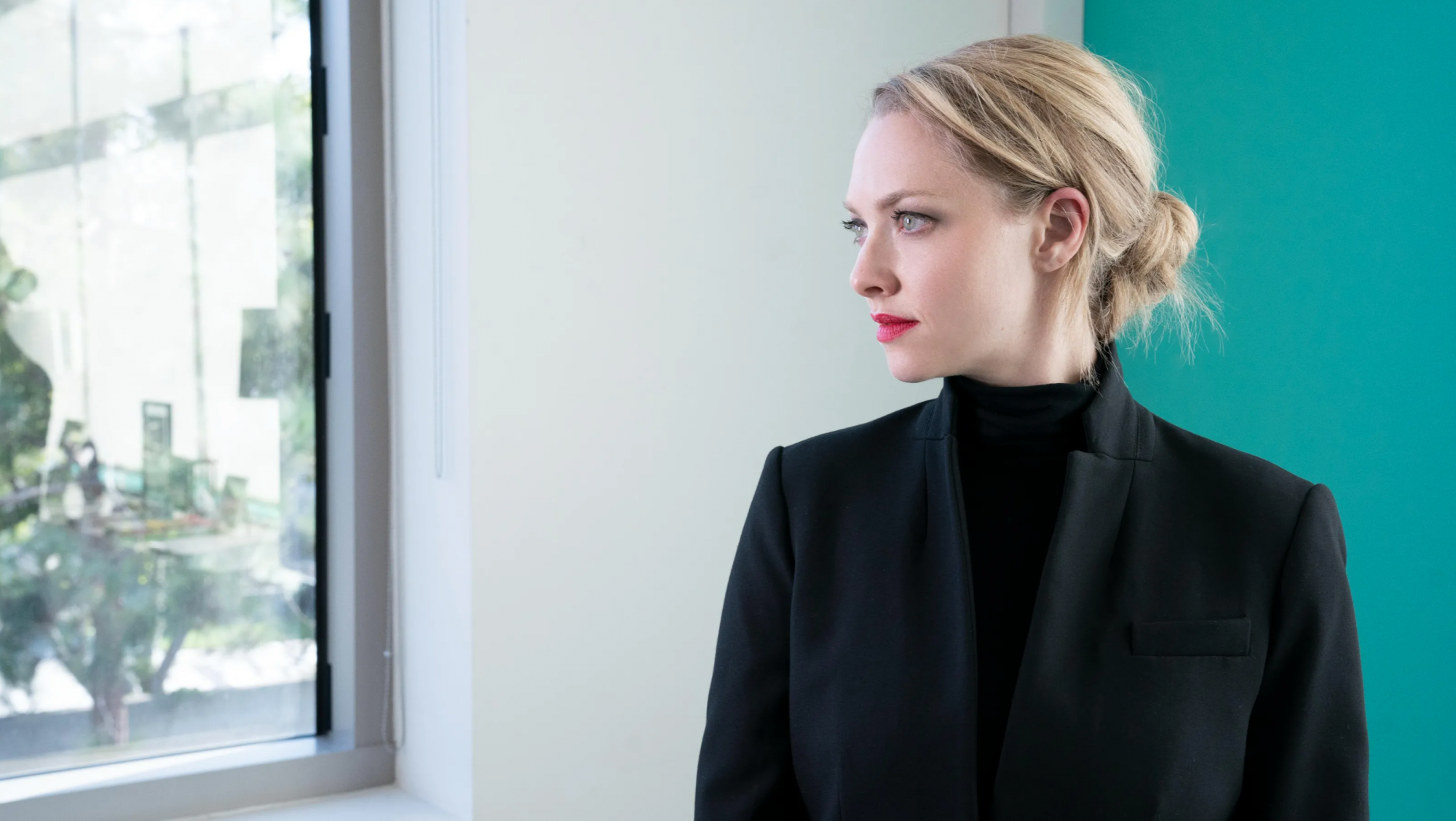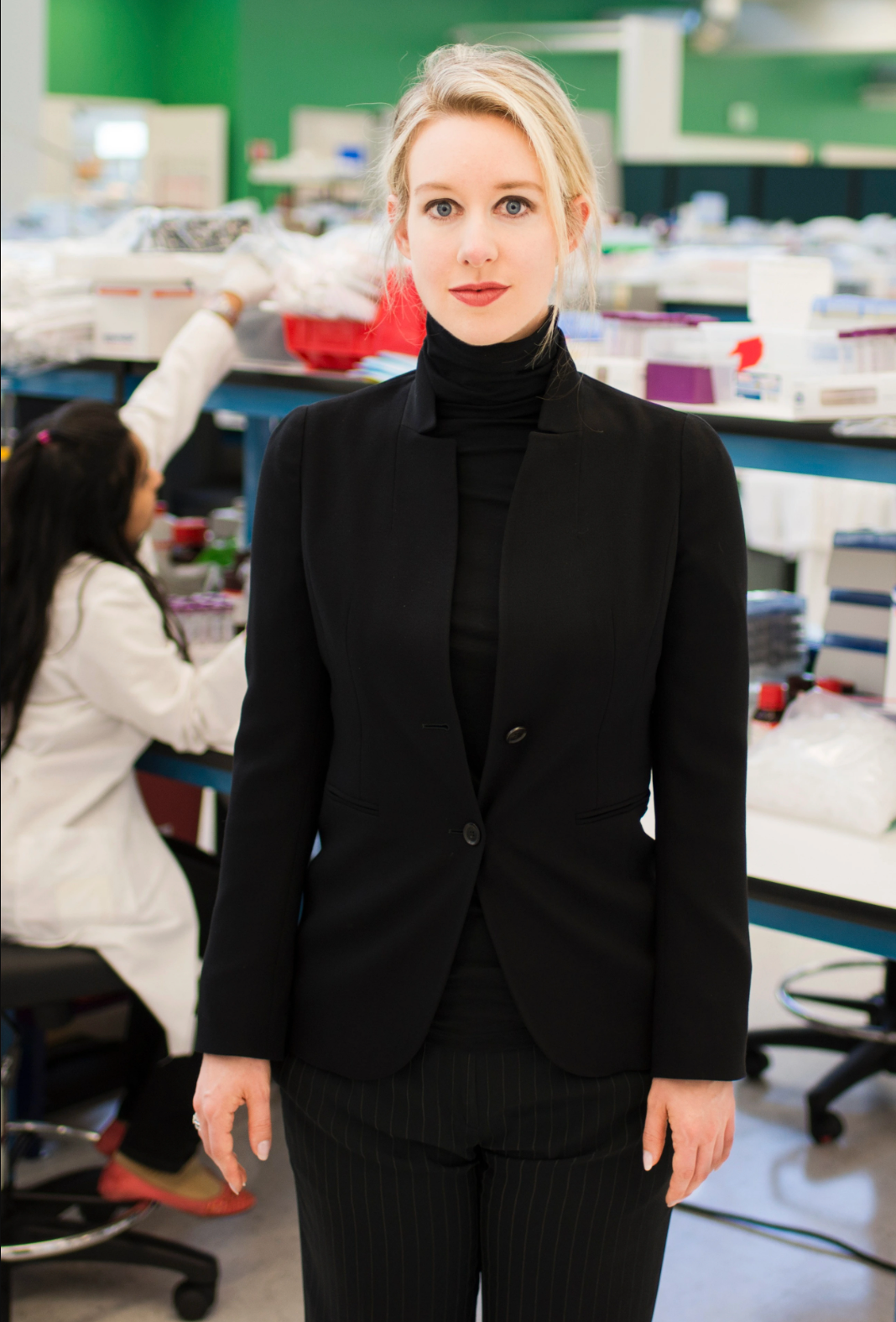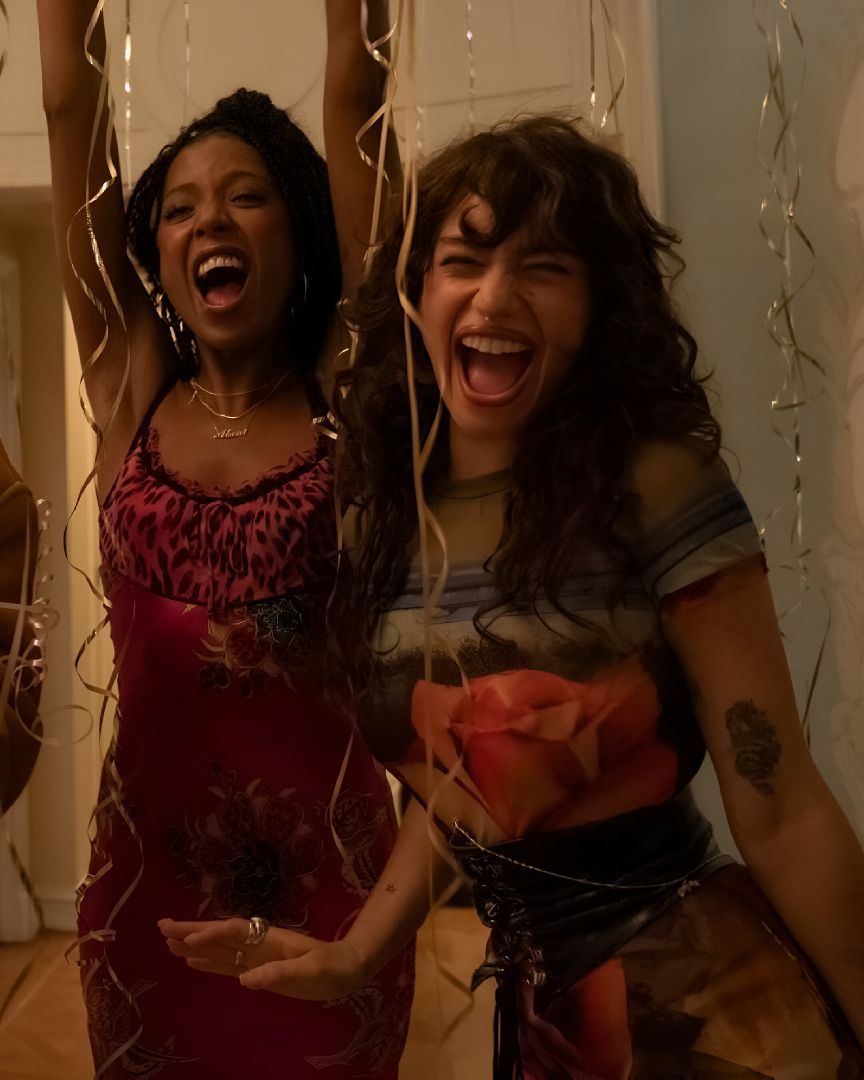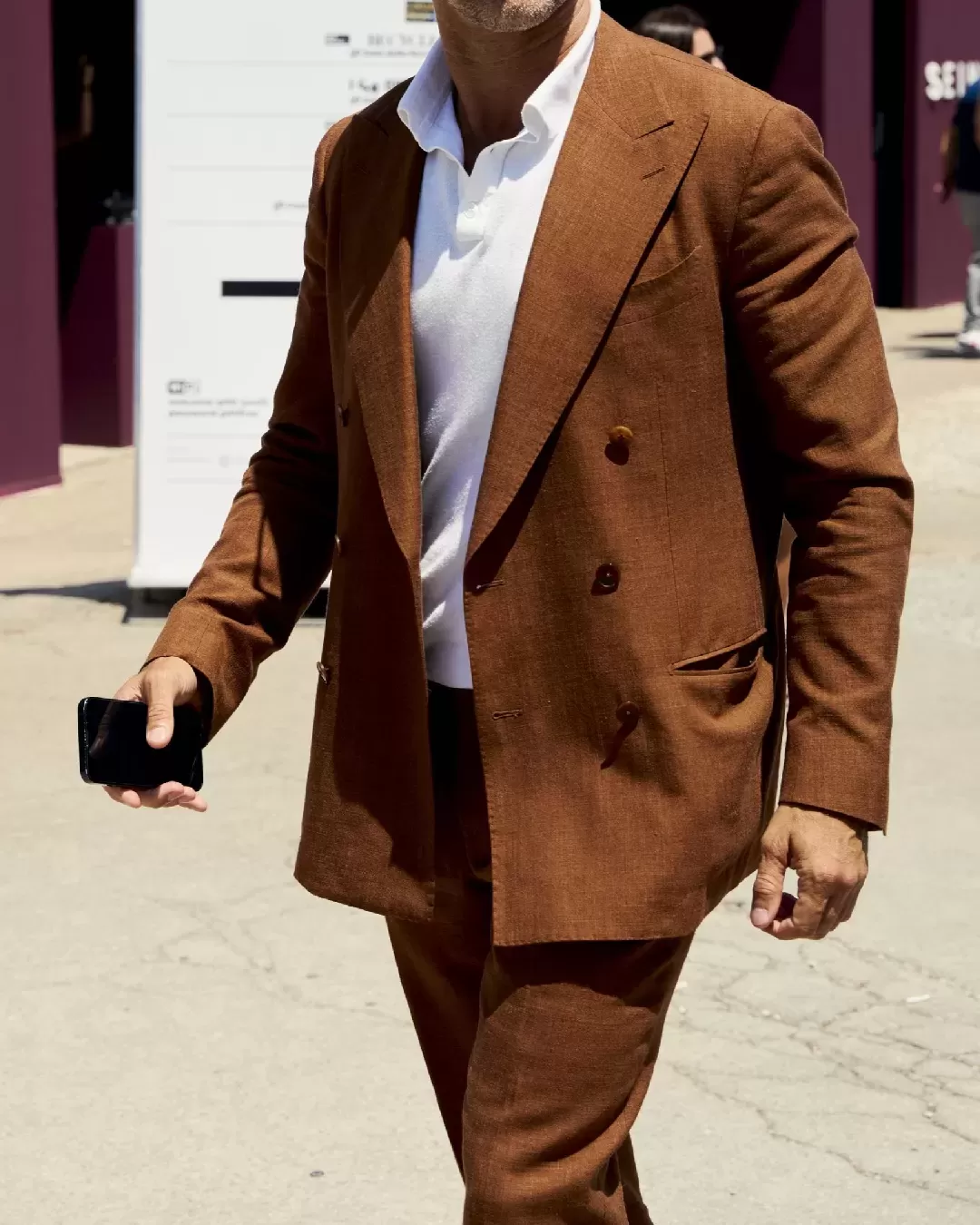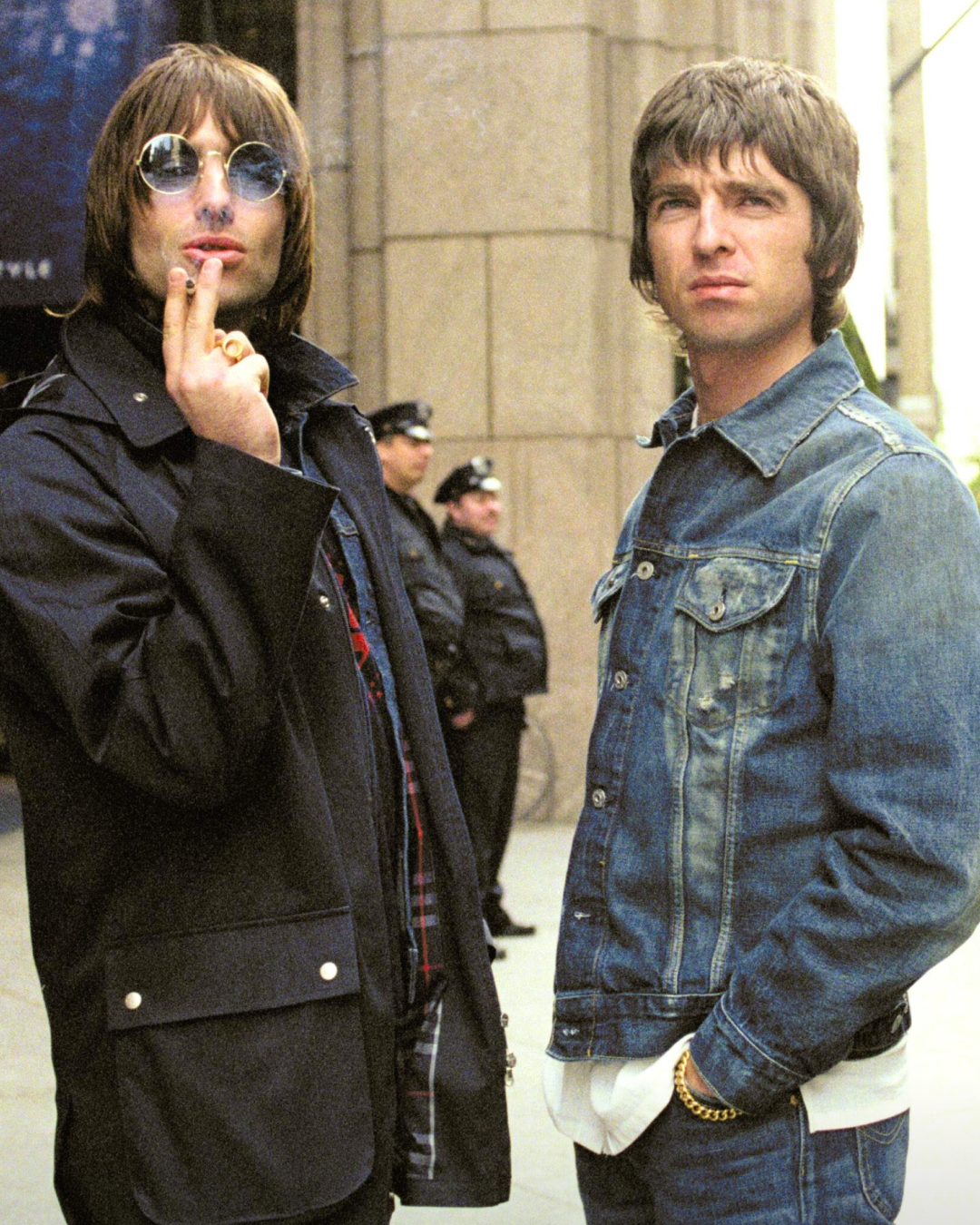
From Elizabeth Holmes aìto Emily Weiss, the style evolution of female CEOs The iconic black turtleneck has been replaced by Bottega Veneta heels, bearing witness to a deep and aesthetic change
Among the countless elements that make The Dropout one of the best series of the year, the ability to deeply and precisely portray the feelings and evolution of the main character through the clothes stands out. In the Hulu series created by Elizabeth Meriwether, Amanda Seyfried plays the role of Elizabeth Holmes, the disgraced founder of the start-up Theranos - at one point valued at $9 billion, - which promised accurate blood tests by taking a single drop, thanks to an innovative technology that never actually worked. In the tale of the rise and fall of this young Stanford dropout, who today awaits her sentence after being convicted of conspiracy and fraud, the clothes she wears play a primary role.
Holmes' uncertain beginning in the world of biotechnology is punctuated by Abercrombie & Fitch sweatshirts, Banana Republic shirts, and J Crew pants, as a symbol of the inadequacy, the foreignness, the inexperience of such a young girl in that field. Things start to change around the third episode when it's shown for the first time the item that will become Holmes' signature look, the uniform, or better yet, her costume. Taking a cue from her idol Steve Jobs - and trying to embody the typical Silicon Valley spirit of those times, where the cult of one's own personality was essential to be a candidate for start-up founder and inspirer destined to change the world -, Elizabeth Holmes chose the black turtleneck, worn with tailored pants, a blazer or a vest, often by Patagonia. As Claire Parkinson, costume designer of the series said several times, the real difference lies in the of fit those clothes. The pants, the turtlenecks (which in the show are designed by Woldorf, while Jobs wore them by Issey Miyake), the jackets, are all deliberately too big, with wrinkles, creases, and flaws where there shouldn't be, to indicate how those clothes were a costume, a mask that Holmes wore not only to fit into a male-dominated world but especially to legitimize her presence, to perpetuate the lie that was the basis of the success of Theranos.
Beyond the incredible story of Elizabeth Holmes, the aesthetic component of her character invites a reflection on the style choices, anything but casual, of businesswomen and powerful women operating in male-dominated industries. As Vanessa Friedmann wrote in the NYT a few weeks ago, "while men are encouraged to telegraph their nonconformist credibility via sweatshirts and soccer slides, women face pressure to look pulled together yet fashion agnostic."
So how do female CEOs, entrepreneurs, and founders actually dress? Sherly Sandberg, Facebook's chief operating officer, the first woman to join the company's board, told the Guardian in an interview that she "doesn't want to look super uncomfortable like I usually do in pictures. I'm not a model type, I'm a suburban mom, so nothing too fashiony". Sandberg is often photographed in tight midi dresses with clean lines, straight necklines, and mainly in dark shades. To quote the famous adage "dress for the job you want, not the job you have," Sandberg has found the female version of her male colleagues' usual suit-and-tie outfits.
Marissa Mayer, the first female engineer hired by Google, who was CEO of Yahoo! from 2012 to 2017, has never hidden her passion for fashion. It has remained famous the charity event in which Mayer donated $60,000 to have lunch with Oscar de la Renta, her favorite designer, and in 2013 she was featured in a Vogue photoshoot, where she was described as the pioneer of a new office aesthetic that combined professionalism, femininity, and style. Mayer often wore voluminous, tight-waisted dresses, flashy prints, and bright colors, everything a woman was always advised against in the tech world.
The belief that if you want to make it in the business world, crowded with men, you have to dress like them, or at least choose simple, monochromatic clothes that don't stand out too much, almost as if you don't want to over-emphasize your presence in a room you shouldn't be in, is slowly changing, with virtuous examples coming from the beauty and fashion industries in particular. Emily Weiss, founder, and CEO of the blog Into The Gloss and of the brand Glossier, for example, has made her personal style a further element in the construction of an aesthetic reality even before designing a product. Her fashionable dressing, featuring the latest It shoes and the next-big-thing-designer, sitting in the front row of fashion shows, has helped to shape the ideal of a trendy yet smart girlboss, turning Weiss into a reference point, an inspiration, for all those girls who would later become Glossier's target audience.
Formal outfits but in bright colors like yellow and lilac, wrap dresses in colorful prints, skinny jeans, and heels. Whitney Wolfe Herd has not only changed the world of dating apps, working first as vice president of marketing for Tinder and later founding Bumble but bringing to the world of tech a cheerful, fun, formal wardrobe. As if to say that women entrepreneurs are serious even without wearing a dark suit, or that they can celebrate the IPO of a company holding their 18-month-old son, as she did, who, among other things, is the youngest self-made billionaire in the world.
This whole analysis is clearly also the result of inequality because the same article could not be written focusing on male CEOs. Not only because, apart from rare exceptions, it would be boring and repetitive, but because it would make clear how men's style choices are less important, symbolic, and analyzed than those of their female colleagues, for whom even a simple shirt can send a very precise message. But it's also by taking with them a normal, varied, real wardrobe, different from the business aesthetics we are used to, that female professionals make room for themselves in the business world, trying, gradually, to smooth gender differences.










































